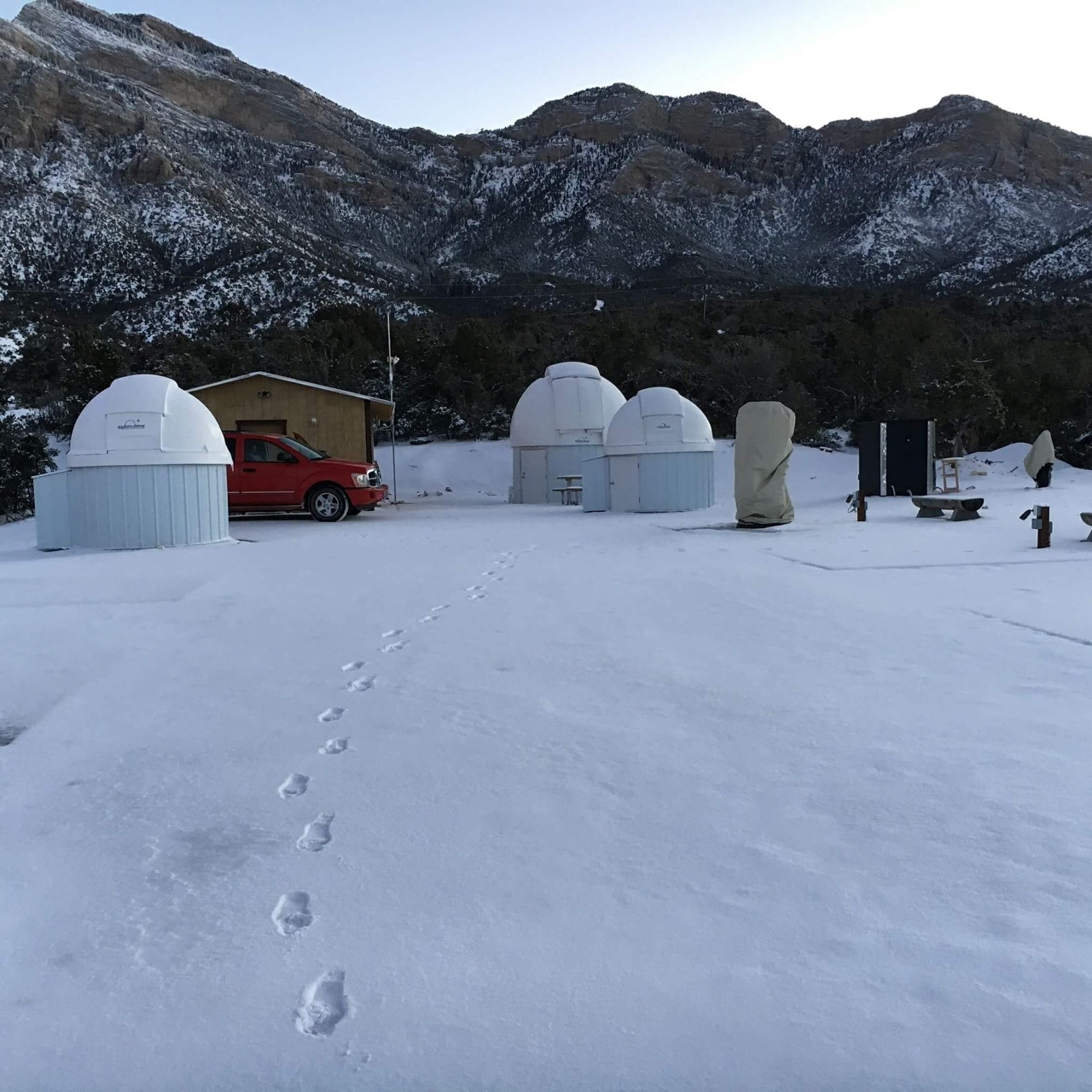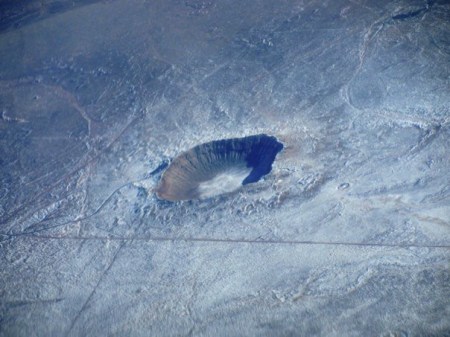Mount Potosi: The infamous mountain with ties to Boiling Springs and Lincolnton, North Carolina.
The following paragraph from wikipedia tells the story of the TWA plane crash on January 6th 1942 that killed actress Carole Lombard, with a total of 22 souls being lost. Remnants of the plane are still located on the mountain, even to this day. Due to deep snow on the mountain and difficult terrain, all of the bodies were not able to be recovered.
TWA Flight 3 was a twin-engine Douglas DC-3-382propliner, registration NC1946, operated by Transcontinental and Western Air (TWA) as a scheduled domestic passenger flight from New York, New York, to Burbank, California, in the United States, via several stopovers including Las Vegas, Nevada.[1] On January 16, 1942 at 19:20 PST, fifteen minutes after takeoff from Las Vegas Airport (now Nellis Air Force Base) bound for Burbank, the aircraft was destroyed when it crashed into a sheer cliff on Potosi Mountain, 32 miles (51 km) southwest of the airport, at an elevation of 7,770 ft (2,370 m) above sea level.[2] All 22 people on board, including movie star Carole Lombard, her mother, and three crew members, died in the crash. The Civil Aeronautics Board (CAB) investigated the accident and determined that the cause was a navigation error by the captain.[1]
The following aerial photos of Mount Potosi and information by AA Pilot, James Yeager:

The above aerial photos from an American Airlines Airbus at 13,000 feet:
“When flying from Los Angeles into Las Vegas, air traffic control will usually give an arrival called KEPEC3, to set you up for a landing on 25L. Yesterday morning, they vectored us off the arrival and gave us a heading to fly….that allowed me to get a view of a very cool piece of property on Mount Potosi.” James Yeager, Pilot, American Airlines.
Cockpit view of Mount Potosi in the distance from McCarran International Airport, Las Vegas, Nevada.

Thank you James Yeager for the fine photos and allowing me permission to use. Roger Ivester

The Dr. James Hermann, MD. (14-inch RC Telescope from North Carolina.)

Some brief excerpts from the Astronomy Magazine article, February 2016, pages 54-57, complete with photos of the telescope, domes, pictures of the building process, and other. A fabulous article indeed! By Raymond Shubinski

“BE PREPARED. The Boy Scout motto is familiar to everyone, and excellent advice for all. Being prepared requires planning and vision, and this observatory project on a Boy Scout camp southwest of Las Vegas, Nevada, shows both.”
“A beautiful Officinal Stellare telescope now sits housed at an elevation of 5,680 feet on Mount Potosi, 25 miles from the world famous and incredibly bright…Las Vegas strip.”
“Jim Gianoulakis is the prime mover behind the efforts to bring this level of astronomical experience to Southern Nevada. He has been involved in the LVAS for more than 10 years. His passion for amateur astronomy, coupled with that of the current president of the LVAS, Rob Lambert, has made this project bloom on a desert mountain.”
The flame is lit:
“The catalyst of the project came in August 2012. Gianoulakis, then president of the LVAS, received a message from Roger Ivester, an LVAS member living in Boiling Springs, North Carolina. Ivester knew of an individual looking to gift a scope and mount to a group with a good use for it.”
“Gianoulakis and Lambert collaborated on the proposal, which was accepted, and the project was off and running. James Hermann, a North Carolina resident donated the scope, a 14-inch Officinal Stellare Pro RC-360. The gift also included an Astro Systeme Austrian equatorial mount. The value of this donation is $50,000.”
Note: James Hermann, MD is an emergency room physician. Roger Ivester
Other facts:
“…members started looking for donations. An initial gift of $2,500 came from the LVAS membership. Then the club raised an additional $10,000 from Las Vegas individuals and businesses.
“Dan Johanneck at Explora-Dome in Litchfield Minnesota promised 11.5-foot dome and 8-foot domes for the Project.”
“Now where to put the observatory? The Las Vegas Area (Scout) Reservation southwest of the city. Located on the reservation is Camp Potosi where scouts can camp and work on many of their merit badges. With an elevation of more than a mile and shielded from the direct glare of the strip, Mount Potosi was an excellent candidate for a future observatory. So, the LVAS entered into discussions with the council. It was a win-win arrangement. The LVAS gets the land on Mount Potosi within the scout camp. In exchange, the LVAS will provide assistance with the merit badge program and organize viewing events.”
Again, this is a four page article, and the above is just to give you an idea what the Mount Potosi Observing Complex is all about.
Roger Ivester








Recent Comments